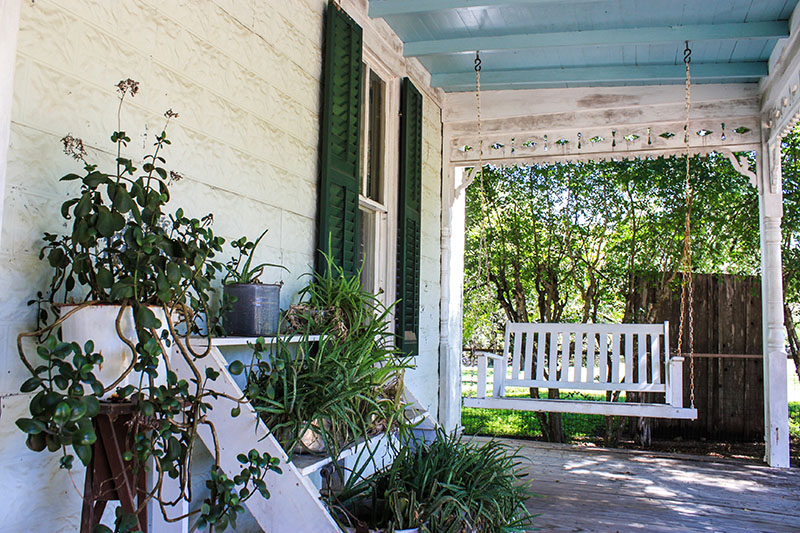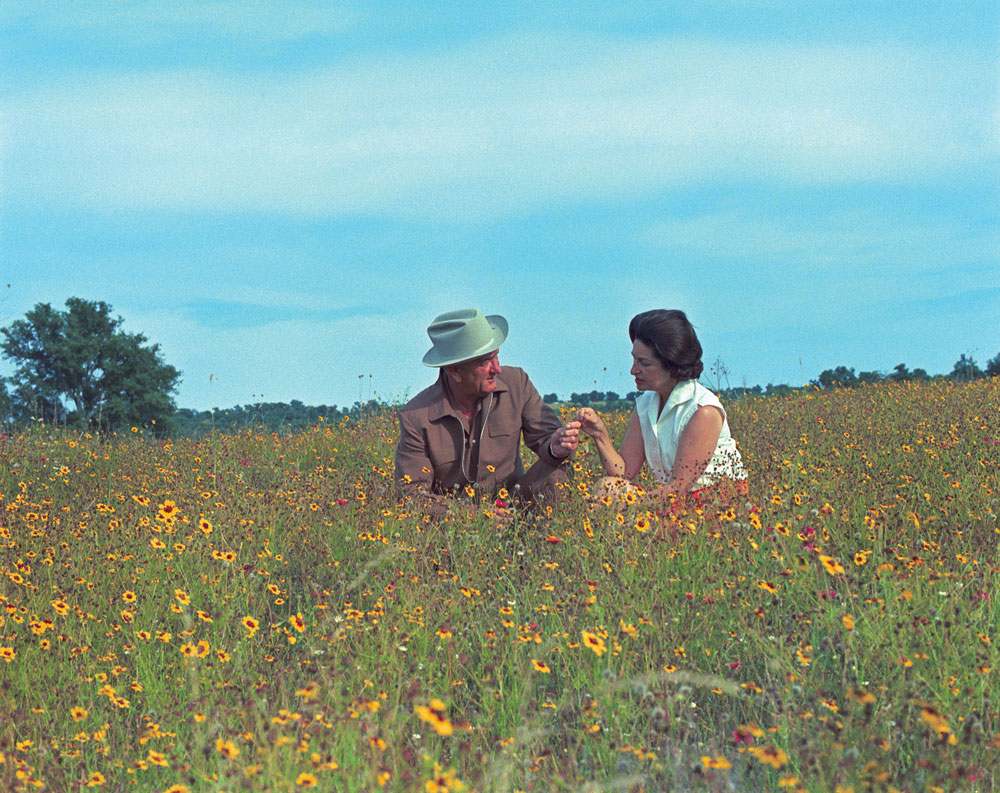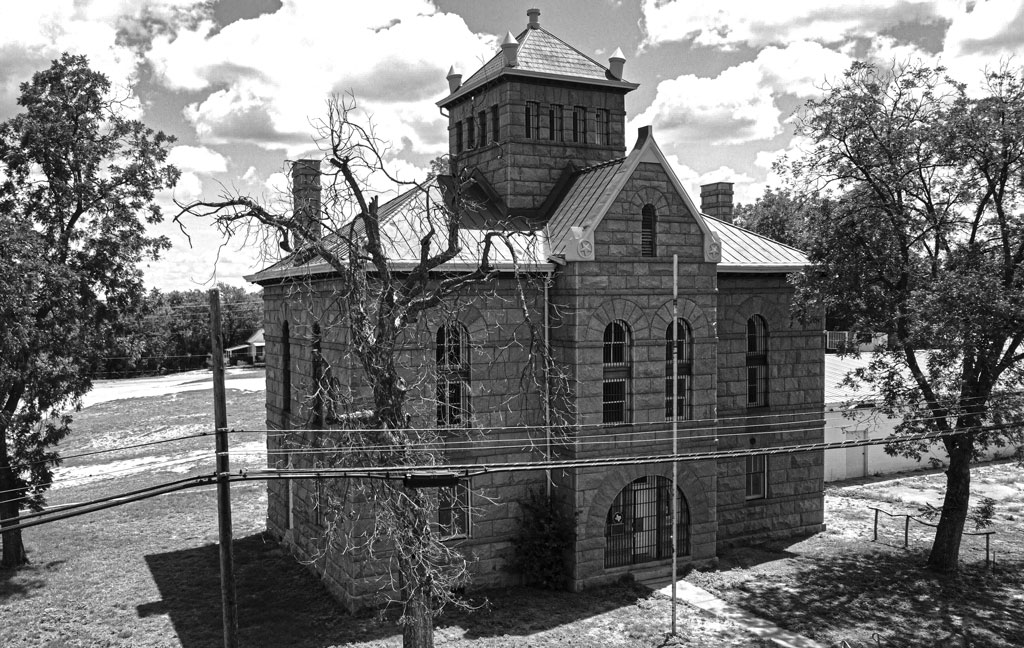
NULL
LLANO — The Rev. Jonas Dancer gathered some tools, loaded a couple of horses and bid his family goodbye as he headed off from his Honey Creek home on the morning of May 23, 1859. He was headed several miles away to meet up with a handful of other men to work on a road to better connect the young town of Llano with Austin.
Dancer and his family were among — if not the first — the earliest settlers to build in Llano County. When Dancer moved to the Honey Creek area around 1850, it was still part of Gillespie County.
The land around Honey Creek where the Dancer family carved out a home teemed with wildlife. His daughter, Clementine Dancer Riley, would later recall their life as generally a wonderful one.
But living in what would be best described as wilderness some 14 miles south of Llano had its dangers. Native Americans, feeling the encroachment of settlers on their lands, were one of the most overshadowing threats. The Indians, often Comanches, often raided settlements for horses and livestock, but this was a wild time, and killings happened.
Clementine Dancer Riley noted later in life that women never went to get water without a rifle in those days.
As more people began settling in what had become Llano County in the late 1850s, they petitioned the state to provide a detachment of Texas Rangers for protection. Dancer was among the 106 people who signed the petition.
Despite the dangers, Dancer and people looking for a place of their own, a place to carve out a life, built homes, ranches and farms in Llano County. Dancer and his family were from Tennessee but took a chance on the new lands of Texas. Though an ordained Methodist minister, he first settled in Travis County and opened a mill. But it burned down, so he cast his dreams farther west.
Dancer heard the stories of how early Spanish explorers found silver in the area of what would become Llano County. So he packed up his family and headed into the rugged hills a few miles south of Llano with hopes of finding his future in minerals. The family settled good land on the banks of Honey Creek, which flowed down from the surrounding hills — later to become the Riley Mountains. One would even be named Dancer Peak after the reverend.
By all accounts, Dancer didn't strike it rich in silver or other minerals. But as more settlers began pushing into the area, he started one of the first Methodist churches there. According to some, it grew into a fairly large congregation for the time and location.
So when Dancer headed out that spring morning, he had the community at heart as he went to help build the road.
When he arrived at the meeting place, Dancer didn't find any other settlers, but that didn’t stop him. He hobbled his horses, gathered his tools and went to work.
At some point, a group of Comanches came upon Dancer. He was apparently unarmed or his rifle was out of reach, and the Indians attacked the minister.
Dancer tried to escape, but the Comanches trapped him in a ravine. At first, the Indians apparently tried to rope Dancer, but he evaded that.
From their spot above the ravine, the five or six Comanches launched a wave of arrows at the man, striking him several times.
Gravely wounded and losing a lot of blood, Dancer worked his way to a rock on a nearby bluff, where he died. The following day, a search party recovered his body.
He died with seven arrows in his body, Clementine Dancer Riley later said.
After his death, Dancer's family moved to Round Rock.
Eventually, as more settlers pushed into Llano County and the surrounding area, the state and federal governments provided more protection. But the conflicts with Native Americans in the Hill Country continued up until the 1870s.
Dancer was buried not far from where he died and his home. The nearby peak bearing his name continues to watch over the man who helped settle and carve out what would become the Llano County of today.
daniel@thepicayune.com












